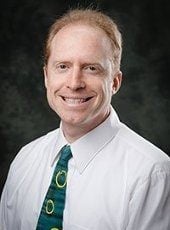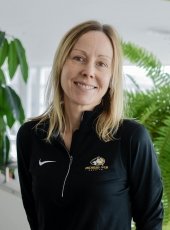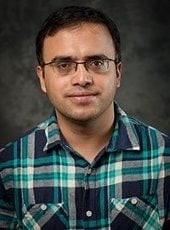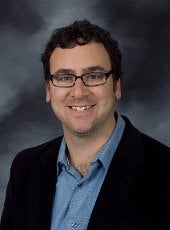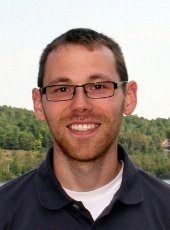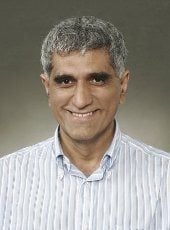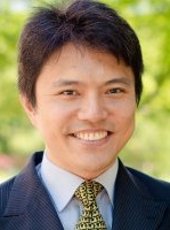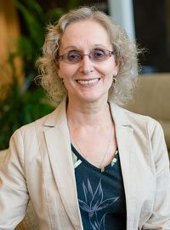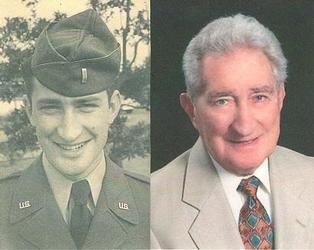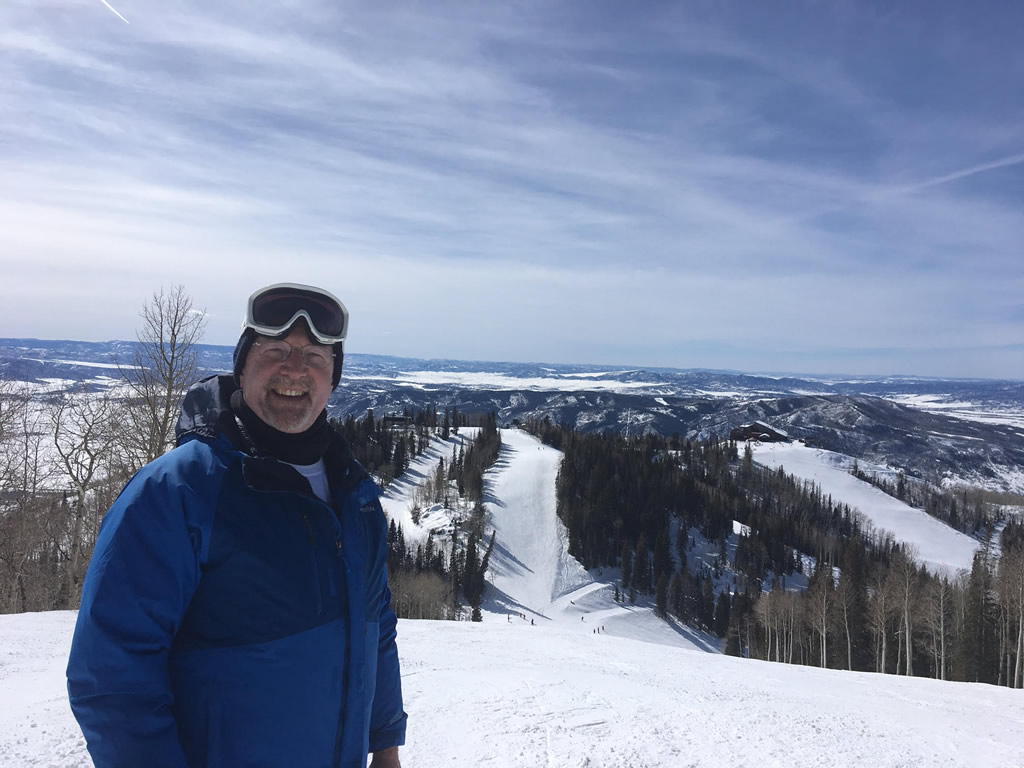
Even department chairs get to take a break every once in a while. Here is a photo taken on Thursday, March 8, on the slopes of Steamboat ski resort in Steamboat Springs, Colorado. This is my second time at this resort – the first time was last year – and I just love it.
One of the things in my personal life that I enjoy most about moving to Houghton some ten years ago is that it has rekindled in me an appreciation for outdoor winter sports. I wouldn’t be able to do what I am doing at Steamboat if it weren’t for our little ski hill in Houghton, Mont Ripley, which is owned and run by Michigan Tech. It is only 450 feet vertical and has two chair lifts and a T-bar, but the lake effect snow we get is every bit as good as what you will find in the big resorts out west. What it lacks in size it makes up for in convenience. I can go over on the weekends or after work and practice my technique (which still needs a lot of work) or just have fun. I started going my second year at Tech, first with rental equipment, then buying my own inexpensive gear at a ski swap, and later getting even better equipment as the years went by and it became obvious to my family how much I was enjoying it. This year I even took lessons from ski instructor Dan Dalquist, who is terrific and helped me a lot. So, kudos to Nick Sirdenis and his whole crew over at Mont Ripley: you do a great job and help make Michigan Tech the unique place that it is. Keep up the good work!
– Dan
Daniel R. Fuhrmann
Dave House Professor and Chair
Department of Electrical and Computer Engineering
Michigan Technological University
